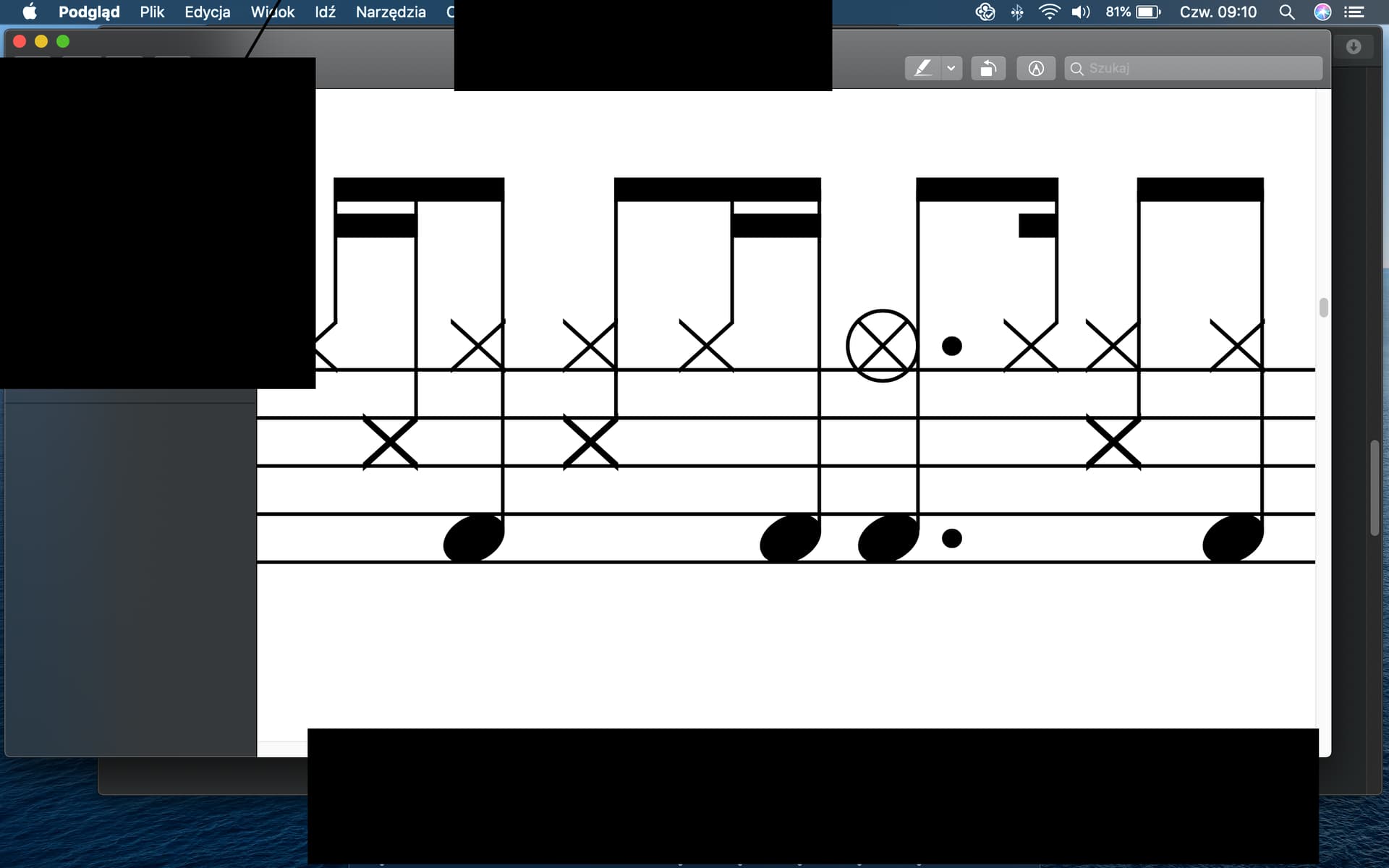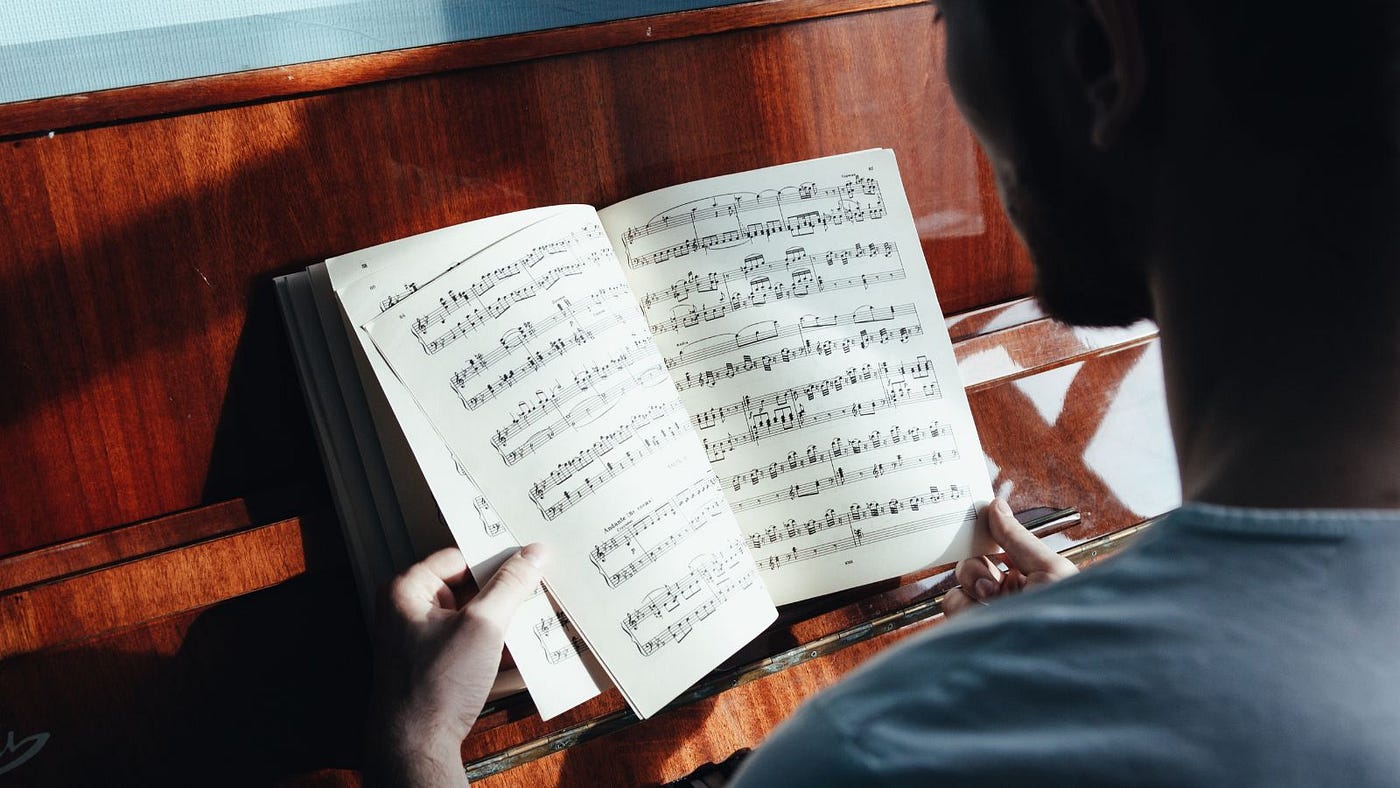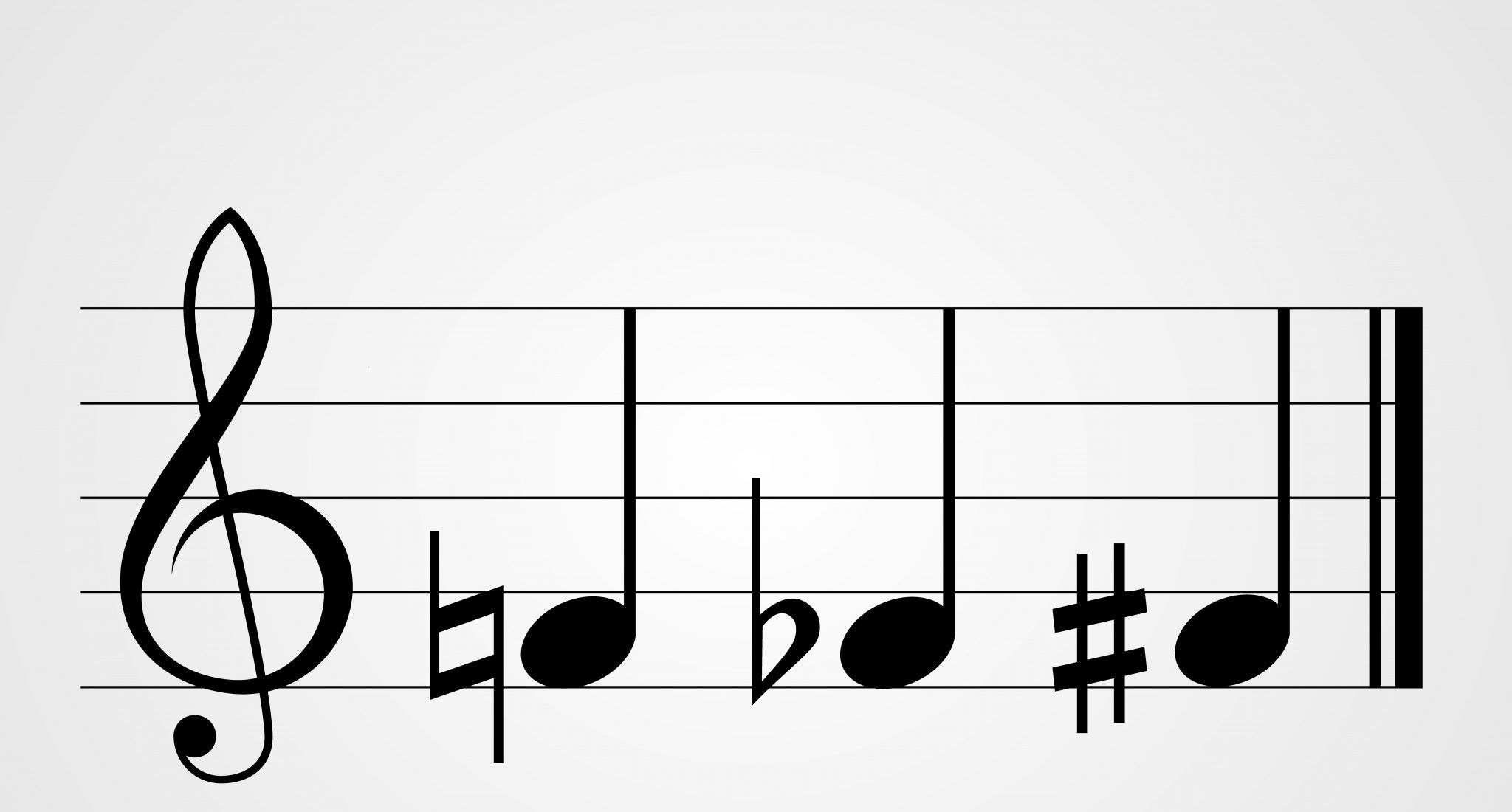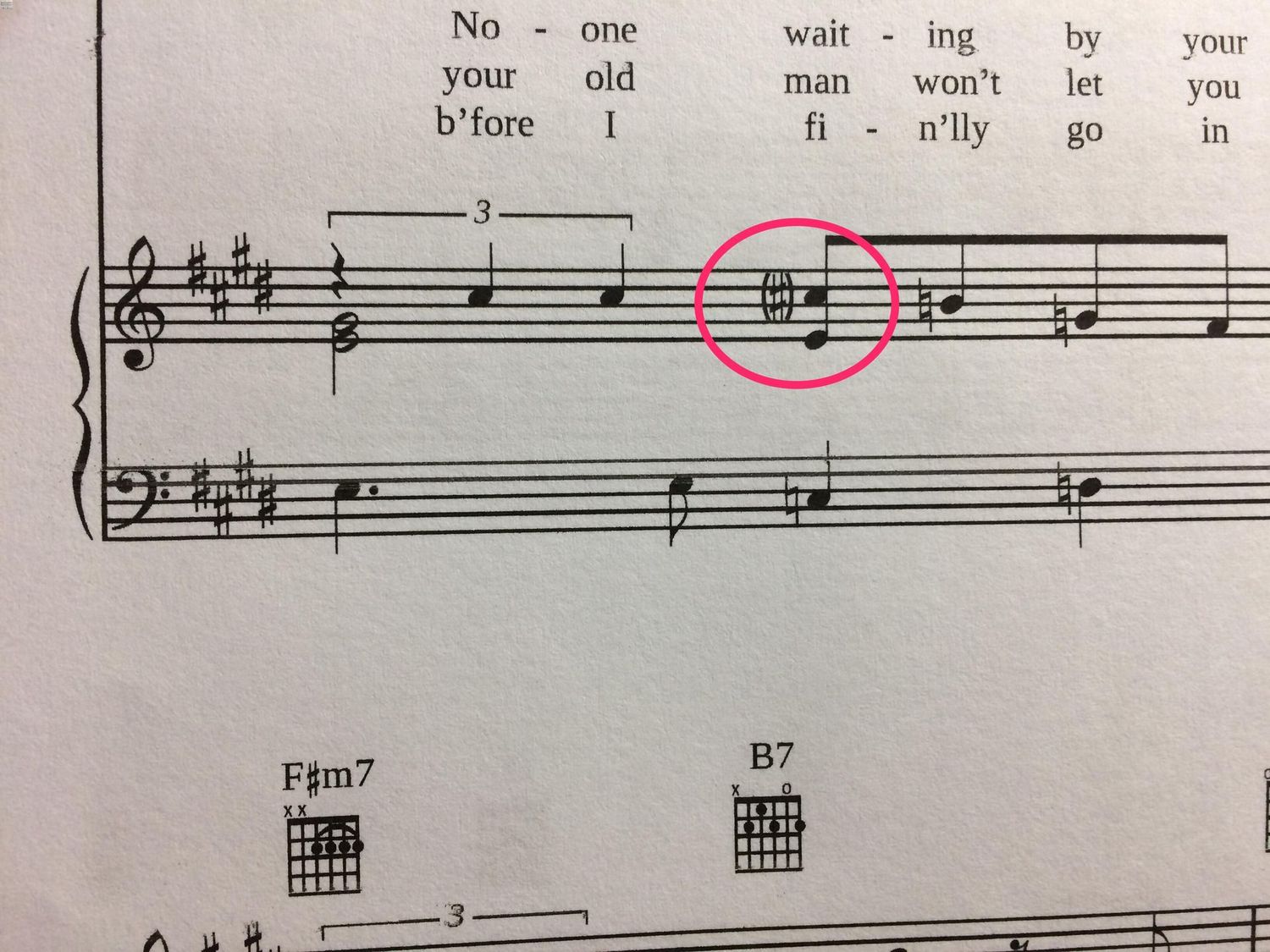

Classical
What Does Op Mean Classical Music
Modified: January 22, 2024
Discover the meaning of "op" in classical music and how it enhances the understanding and appreciation of the genre. Explore the rich history and significance of "op" in this timeless art form.
(Many of the links in this article redirect to a specific reviewed product. Your purchase of these products through affiliate links helps to generate commission for AudioLover.com, at no extra cost. Learn more)
Table of Contents
Introduction
Welcome to the fascinating world of classical music! As you delve into this rich and timeless art form, you may come across the abbreviation “Op” followed by a number. Don’t worry if you find yourself wondering what it means – you’re not alone!
In the realm of classical music, “Op” is a shorthand for the Latin term “opus,” which translates to “work” in English. It functions as a reference point to identify and categorize compositions by different composers. The inclusion of an opus number allows music enthusiasts, musicians, and scholars to easily locate and differentiate specific works within an extensive repertoire.
Understanding the significance of “Op” in classical music can provide valuable insights into the composition, historical context, and artistic development of different pieces. In this article, we will explore the definition, origin, usage, and importance of “Op” in the world of classical music, uncovering the role it plays in appreciating and studying this beloved genre.
Definition of “Op” in Classical Music
In the realm of classical music, the abbreviation “Op” stands for “opus.” The term “opus” originates from Latin and translates to “work” in English. In the context of classical music, an “opus” refers to a musical composition or a collection of compositions created by a specific composer.
The use of the “Op” followed by a number provides a systematic way to identify and catalog these compositions. The opus number acts as a unique identifier within a composer’s body of work, allowing musicians, scholars, and music enthusiasts to easily reference and locate specific compositions.
Opus numbers are generally assigned in ascending or chronological order as the composer creates new works. For example, a composer may begin with Op. 1 for their first published piece and progress to higher numbers as they continue composing. However, it’s important to note that not all compositions by a particular composer will have an opus number. Some may be labeled with alternative cataloging systems, such as Köchel numbers for Mozart’s works or BWV numbers for Bach’s compositions.
The inclusion of opus numbers in classical music serves several purposes. Firstly, it helps organize and categorize a composer’s works, making it easier to navigate and study their repertoire. Additionally, it enables composers to keep track of their own output and document their artistic development over time. Furthermore, opus numbers assist music publishers in accurately releasing and distributing composers’ works, ensuring that they reach the intended audience.
Overall, the use of “Op” in classical music provides a standardized method of identification that simplifies the process of referencing and discussing composers’ compositions. It contributes to the preservation, analysis, and understanding of classical music by establishing a clear framework for identifying and cataloging musical works.
Origin and Usage of “Op” in Classical Music
The usage of “Op” in classical music dates back to the 18th century and has its roots in the practice of composers and publishers assigning opus numbers to their works. The system of opus numbers was popularized during the Classical and Romantic periods and continues to be used today.
Composers began to assign opus numbers to their compositions as a way to organize and differentiate their works. This practice allowed them to keep track of their output and establish a chronological order for their compositions. It also served as a means of identifying their works when publishing or distributing them.
Initially, opus numbers were hand-assigned by composers themselves or their publishers. As music publishing became more formalized, publishers began to play a more significant role in assigning and promoting opus numbers. This led to some inconsistencies and variations in the application of opus numbers across different composers and publishers.
While the opus numbering system was widely embraced by many composers, some chose to deviate from it or used alternative cataloging systems. For example, composers like Franz Schubert and Gabriel Fauré used D numbers and Op. posth. (meaning “opus posthumous”) respectively to label compositions that were discovered and published after their deaths.
It’s worth noting that the usage of opus numbers can vary between composers. Some composers assigned them to major works only, while others used them for smaller-scale compositions as well. Opus numbers can also be used to indicate specific genres or groupings of works, such as symphonies, concertos, or sets of piano pieces.
In modern times, the usage of opus numbers has become more standardized, thanks to efforts by musicologists and organizations dedicated to preserving and cataloging classical music. These organizations work to establish consistent numbering systems and provide comprehensive catalogs of composers’ works.
Today, opus numbers continue to play a crucial role in identifying and studying classical compositions. They facilitate communication, research, and analysis of a composer’s body of work, allowing scholars, musicians, and music lovers to navigate through the vast repertoire of classical music with ease.
The Role of Opus Numbers in Cataloging Classical Music Compositions
Opus numbers play a vital role in cataloging classical music compositions, providing a systematic and efficient way to organize, classify, and reference works by composers. They serve as essential tools for musicologists, performers, music publishers, and enthusiasts in their exploration and study of classical music.
Opus numbers allow compositions to be cataloged in a logical sequence, providing a chronological framework for a composer’s body of work. This chronological order helps trace a composer’s artistic development, showcasing their growth and evolution over time. Examining the progression of opus numbers can provide valuable insights into the compositional style, influences, and creative journey of a composer.
Cataloging compositions through opus numbers also assists in distinguishing between different works with similar titles or themes. Since the titles of musical works can sometimes be repetitive or lack uniqueness, opus numbers provide a clear and distinguishing identifier. This helps to avoid confusion and ensures that specific compositions are accurately identified and studied.
Opus numbers are particularly valuable in academic and scholarly research. They allow researchers to locate and reference specific compositions easily, facilitating comparative studies and analyses. By referring to opus numbers, scholars can delve into the historical and contextual aspects of a composer’s works and explore connections between different compositions.
Furthermore, opus numbers guide music publishers in organizing and presenting composers’ works in a coherent and accessible manner. Publishers use opus numbers to compile and release collections, anthologies, and editions of a composer’s works. This not only facilitates the publication process but also makes it easier for performers and music educators to identify, select, and study specific compositions for performance or study.
It’s important to note that while opus numbers provide a useful framework for cataloging compositions, they are not infallible. Some composers may have multiple works with the same opus number, while others may have skipped or rearranged opus numbers due to various reasons. Additionally, composers who composed numerous works may have some compositions that were never assigned opus numbers.
Despite these limitations, opus numbers remain integral to the classification and organization of classical music compositions. They form an essential part of the musicological infrastructure, allowing for easier navigation, comprehension, and appreciation of the vast and diverse world of classical music.
Understanding Opus Numbers and their Significance
Opus numbers, abbreviated as “Op,” serve as significant markers in the world of classical music. They provide valuable insights into the works of composers and hold immense importance for scholars, performers, and enthusiasts alike.
Opus numbers are assigned to compositions in chronological order, enabling a clear and organized categorization of a composer’s output. They allow for an understanding of the progression and development of a composer’s style and thematic exploration throughout their career.
Opus numbers serve as reference points that facilitate the identification and cross-referencing of compositions. By referencing the opus number, one can easily locate a specific piece within a composer’s body of work. This is particularly helpful when studying and conducting research on a particular composer, as it provides a consistent and reliable means of documentation and citation.
An opus number also helps to establish a hierarchy within a composer’s oeuvre. Higher opus numbers generally correspond to later compositions, allowing for a chronological understanding of a composer’s creative journey. This sequencing can shed light on the stylistic shifts, influences, and personal growth that composers experience over time.
Opus numbers can also reveal interesting patterns and associations within a composer’s works. For example, composers may group compositions with similar themes or structures within a particular opus number range. This can provide valuable insights into the composer’s intentions, as well as the relationships and connections between different compositions.
Furthermore, opus numbers can aid in the identification of lesser-known or rarely performed works within a composer’s catalog. By exploring compositions beyond the well-known pieces associated with a composer, performers and scholars can uncover hidden gems and contribute to a more comprehensive understanding of the composer’s output.
It’s important to note that opus numbers may not always be an accurate indicator of a composition’s quality or significance. Some composers may have assigned opus numbers to their works without an intentional hierarchy or structural plan. Additionally, pieces without opus numbers or those labeled with alternative cataloging systems are equally valuable and should not be disregarded.
In summary, opus numbers are crucial in understanding the context, historical progression, and organization of a composer’s works. They allow for easier access, analysis, and appreciation of classical music compositions, presenting a comprehensive view of a composer’s creative output and contributing to a deeper understanding of their musical legacy.
Notable Examples of “Op” in Classical Music
Throughout the vast landscape of classical music, numerous composers have utilized opus numbers to categorize and label their compositions. Here are a few notable examples where the “Op” followed by a number has become synonymous with some of their most renowned works:
1. Ludwig van Beethoven – Beethoven’s compositions are often identified by their opus numbers. One of his most famous works is Symphony No. 9 in D minor, Op. 125, commonly known as the “Choral Symphony.” This monumental composition features a grand finale incorporating vocal soloists and a choir, making it a landmark in the symphonic repertoire.
2. Wolfgang Amadeus Mozart – Although Mozart did not consistently use opus numbers throughout his career, some of his most celebrated works bear them. For instance, his Symphony No. 40 in G minor, K. 550, is a masterpiece of classical symphonic writing, showcasing Mozart’s unmatched melodic brilliance and compositional craftsmanship.
3. Frédéric Chopin – Chopin’s opus numbers are closely associated with his works for solo piano. Pieces like his Ballade No. 1 in G minor, Op. 23, and Nocturne in C-sharp minor, Op. 27, No. 1, are cherished for their emotive melodies, technical challenges, and poetic expressions. These compositions capture Chopin’s unique ability to blend lyricism and virtuosity.
4. Johannes Brahms – Brahms’ extensive output of symphonies, chamber music, and piano works often bears opus numbers. His Symphony No. 4 in E minor, Op. 98, is regarded as one of the pinnacles of the symphonic genre, showcasing Brahms’ mastery of thematic development and rich orchestration.
5. Franz Schubert – Schubert’s compositions bear opus numbers posthumously assigned by publishers. His song cycle, “Die Winterreise,” is a monumental work written for voice and piano, cataloged as Op. 89, which explores themes of despair, longing, and existential contemplation.
These are just a few examples among countless others where the “Op” followed by a number has become symbolic of a composer’s extraordinary musical creations. Exploring these compositions not only offers a remarkable listening experience but also sheds light on the diverse range of styles, emotions, and artistic expressions found within classical music.
Conclusion
The abbreviation “Op” in classical music holds significant importance, representing the term “opus” which translates to “work.” Opus numbers play a crucial role in cataloging, identifying, and understanding compositions by different composers.
Opus numbers provide a systematic way to organize and categorize works within a composer’s repertoire. They establish a chronological order, enabling us to trace the artistic development and creative journey of a composer over time. Opus numbers also serve as reference points, making it easier to locate and study specific compositions.
Understanding opus numbers allows musicians, scholars, and enthusiasts to appreciate and engage with classical music more deeply. It provides insights into the historical context, influences, and thematic exploration within a composer’s body of work. Additionally, opus numbers assist music publishers in appropriately releasing and distributing compositions.
The use of opus numbers is not without its challenges. Inconsistencies and variations may arise, and some composers may employ alternative cataloging systems. However, despite these nuances, opus numbers remain fundamental in cataloging and studying classical music compositions.
Exploring notable examples of opus numbers, such as Beethoven’s Symphony No. 9 or Chopin’s Ballade No. 1, offers a glimpse into the vast and diverse world of classical music. These compositions, distinguished by their opus numbers, have left an indelible mark in the annals of classical music history.
In conclusion, the presence of “Op” in classical music signifies the significance of opus numbers in organizing, identifying, and appreciating compositions. Opus numbers not only contribute to the preservation and understanding of classical music but also offer unique insights into the artistic evolution of composers across centuries, allowing us to experience the sheer brilliance and beauty of this timeless genre.











